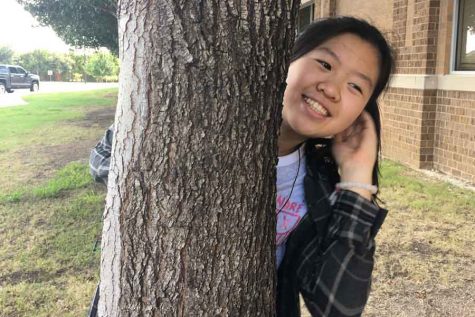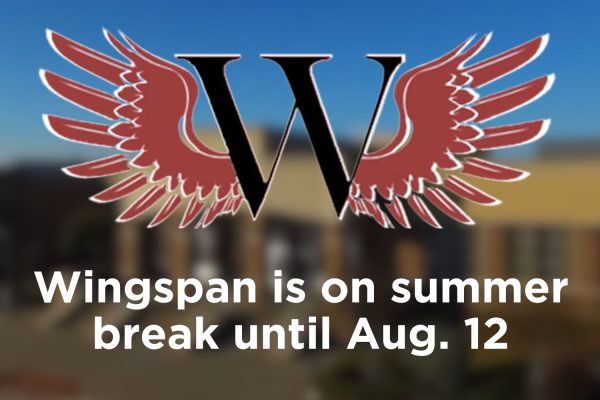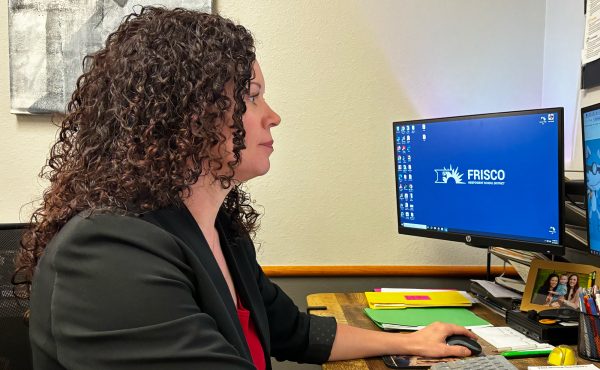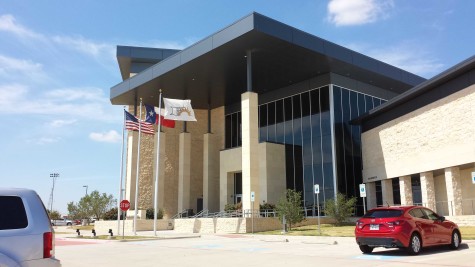District implements new YouTube policy

Searching for a video on YouTube, junior Fernando Garcia and the rest of the student body will be limited in the videos they can watch as a result of new YouTube restrictions instituted Wednesday.
Teenagers watch YouTube videos more than TV and the hugely popular video sharing service has been widely used by schools for educational purposes. However, effective Wednesday at 4:30 p.m. the school district implemented a restricted access to YouTube policy in which students will only be able to access videos that are approved by the district or by a staff member.
I know what’s right for me to watch and I know what’s not right for me to watch,
— senior Zander Brown
“YouTube did not have the ability to monitor-it was like all or nothing- so they didn’t want to block it completely because they know that they use YouTube for educational uses,” campus digital learning coach Trista Hennebry said. “With this new availability of doing that, they decided to just implement that because it became available rather than just completely blocking it altogether. It’s just a way to manage the content that comes through to the students.”
However, not everyone will face the same restrictions to the video site.
“Teachers do have complete access,” Hennebry said. “If a video is blocked, they have the ability to approve the video for student use.”
Some students disagree with the new YouTube settings.
“I just don’t feel like the school district should be able to regulate the videos that I watch or the videos that anybody else is watching because I know what’s right for me to watch and I know what’s not right for me to watch,” senior Zander Brown said. “We’re responsible enough to be able to choose what we do. If I am focused on my academics, I’m probably not going to be watching YouTube videos. If I need to be focused on my work, I’ll be focused on my work.”
Other students have mixed feelings about the policy.
“I don’t really know how to feel about it,” junior Jayashree Balakumar said. “I understand where they’re coming from and why they would say that. I don’t think that it’s right to overall assume that all students are going to misuse their responsibility and their chance to access YouTube. It is true up to some extent that some students misuse their responsibility.”
It’s just going to help focus students into knowing that what they’re doing at school should be educational,
— campus digital learning coach Trista Hennebry
Despite the misuse by some, Balakumar believes YouTube enhances her studies in school.
“I use it a lot for education purposes because there are a lot of helpful videos and tutorials on how to do different subjects such as math, science, history, and a lot of others,” Balakumar said. “I use it frequently to understand subjects that I don’t understand in class.”
She believes the settings won’t be beneficial, especially to students in AP classes.
“I don’t think it’s fair to take it away from everyone,” Balakumar said. “There can be certain words or something that when they include in the search engine that can be like a indicator that these videos need to be blocked. Apart from that, I don’t think other things need to be blocked or need permission. For example, Crash Course for history. A lot of AP students use that as a tool to study for the tests and gain insight into a subject and I don’t think they need permission of a teacher to study education wise-I don’t think its right to restrict that.”
Upon hearing about the newly implemented YouTube restrictions, some students immediately thought of a way to bypass the policy by planning to use their personal data plans. However, Hennebry has a reminder for those students.
“Frisco ISD policy states that students should always be on the Wi-Fi while they’re in school,” Hennebry said. “They should always be on the Wi-Fi so they can access at their own risk.”
Regardless, Hennebry believes the new setting serves a purpose.
“YouTube at school is supposed to be for educational purposes so it might make people think a little bit more about what they’re watching and why it is appropriate for school and why it’s not,” Hennebry said. “I think it’s just going to help focus students into knowing that what they’re doing at school should be educational.”

Megan is a junior who joined Wingspan her freshman year. In her free time, she likes to eat and sleep (not at the same time) and cry at the amount of work...

Maddie Owens is a junior and loves editing videos, and has been actively involved in broadcast since freshman year. She has also taken the role of Wingspan’s...







